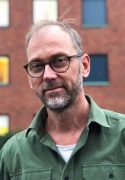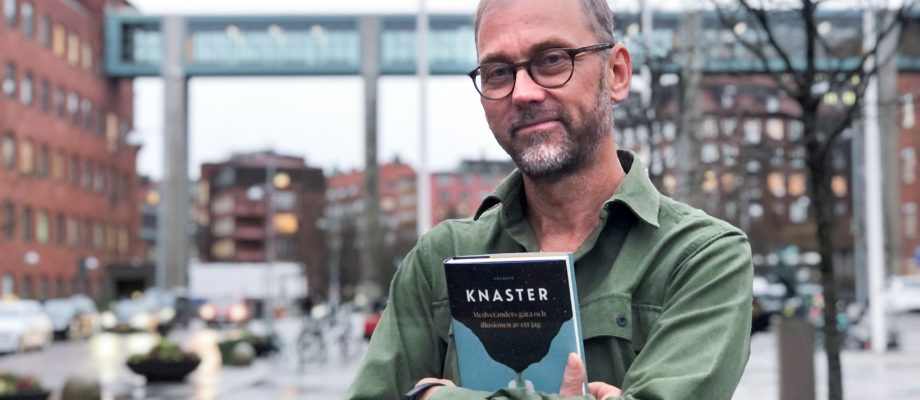NEW BOOK. Wasling’s book Knaster describes the perceived self in our head and our consciousness. Science regards this consciousness as consisting of electrical and chemical signals in the brain, but Pontus Wasling dares to include philosophical, religious and artistic approaches to what could also be called our soul.
What is consciousness really? Pontus Wasling does not give a straight answer to this question. Instead, he hopes that the book will challenge our basic ideas and opinions about what we really are.

“The idea is to raise the question of where consciousness actually comes from. Science is far from having answered this, but theories abound about how consciousness is created. It is an abstract question, which I hope the book can breathe life into it and make easier to understand.”
It is also possible to make a personal interpretation of where the boundary lies between being conscious and not being conscious. Daydreams are an example. They are something that all people have, even though some may deny it. Research shows that we spend between 30 and 50 percent of our waking time on daydreams.
Between dream and reality
The book takes the reader on a journey of discovery, full of case descriptions from the history of science, literature, philosophy and reality. Pontus Wasling has come across several of the cases in his work as a neurologist at Sahlgrenska University Hospital. As an associate professor at the Institute of Neuroscience and Physiology, he also conducts research aimed at sleep and sleep-related disorders, such as narcolepsy.
“This is clinical research, and we use EEGs, among other methods, to study patient sleep patterns. I am also part of a project researching lucid dreams, which is an exciting subject that I also mention in the book. Unlike ordinary dreams, lucid dreams mean that we are aware that we are dreaming and can influence the content of our dream. It is an interesting state between dream and reality,” says Pontus Wasling.
Influences consciousness

Individuals who are conscious can also experience, that is, use their cognitive abilities to interpret the world around them and be able to react in a reasonable way. But consciousness can also be influenced in different ways, and Pontus Wasling has tried different ways himself, from floating for several hours in a dark water tank to Tibetan meditation.
“There is, for example, a study in which American scientists brought monks from Tibet to study their brains during meditation. After tens of thousands of hours of deep meditation, Tibetan monks are highly proficient in the technique. EEG examinations showed the researchers that EEG waves changed dramatically as the monks immersed themselves into the meditation,” he says.
“Knaster – Medvetandets gåta och illusionen av ett jag” [Sparks – The mystery of consciousness and the illusion of the self] is Pontus Wasling’s second book. The first, “Minnet fram och tillbaka” [Memory back and forth], was published in 2013 by the same publisher, Volante.
BY: ELIN LINDSTRÖM











